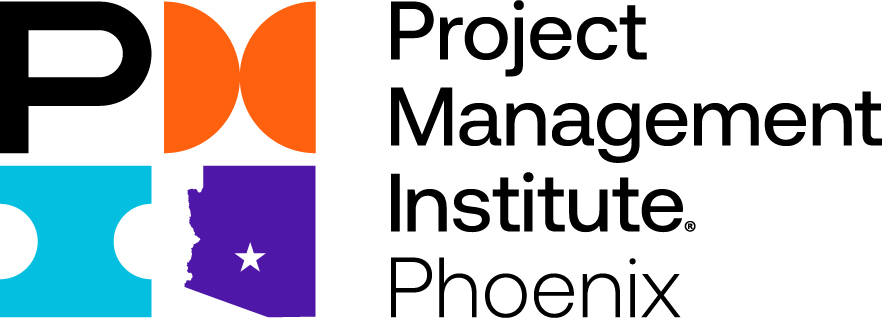Jun 28th 2021 PMI Insights
Navigating the dynamics of change can be a challenge for accounting firms. Employees may become anxious or resistant or even actively oppose new processes and technologies. Yet change is not optional. In CPA firms today, remaining stagnant is a recipe for extinction.
So how can you help your team embrace change?
Understand That Change Is a Process, Not an Event
Firmwide change doesn't happen simply because you made an announcement, invited people to a training session or scheduled a go-live date.
According to the Project Management Institute, when people experience change, they move through a three-step process:
Current state. What they currently know and do, including processes, tools, behaviors, technologies, organizational structures and roles. All of these elements might not be working great, but they're familiar and comfortable.
Transition state. This can be an emotionally charged time, and people may feel fear, anxiety and even anger. Productivity declines as people learn new processes, technologies and behaviors.
Future state. At this point, people achieve a new way of performing their work.Think about this the next time you undergo a process improvement and technology initiative in your firm and address how you will bridge the gap between the current state (where you are) and the future state (where you want to be).
Listen to People and Get Their Input
People feel more excited about change if they have a say in it.
According to Gallup, only three in 10 U.S. employees strongly agree that their opinions count at work, and organizational change is one area in particular where people feel left out.
Your people are a goldmine of information. Ask for feedback frequently, listen to what they have to say, and take action based on their input. People tend to be more open to change when they've participated in the decision-making process.
Connect Change to Individual Goals
Getting buy-in for change requires an answer to the question "Why?" When you answer this question, people are better prepared to fight their natural instinct to resist change.
What individual goals do the changes you're making help people work toward? Will new processes improve efficiency, reduce overtime during busy season and provide better work/life balance? Will new technologies and automation create people's capacity to work on higher-level work and help them level up in their careers?
In a TED talk, organizational change expert Jim Hemerling explains that people usually think positively about personal transformation and are more driven to accomplish personal goals. Instead of focusing on the firm's bottom line, show them how meeting the firm's goals will help them achieve their personal and professional goals. This will put more energy behind the initiative.
Firm leaders have a responsibility to lead others through change. Employ these three steps, and you'll enjoy more emotional buy-in and cooperation for the changes you want and need to make in your firm.
